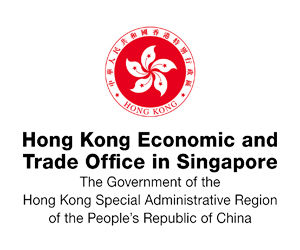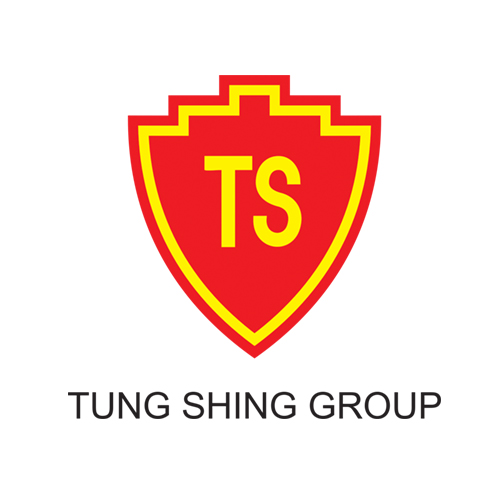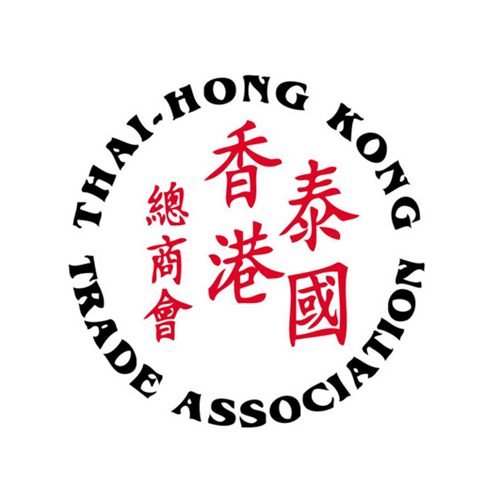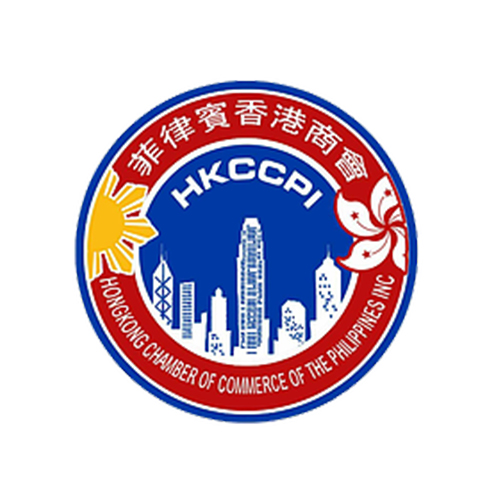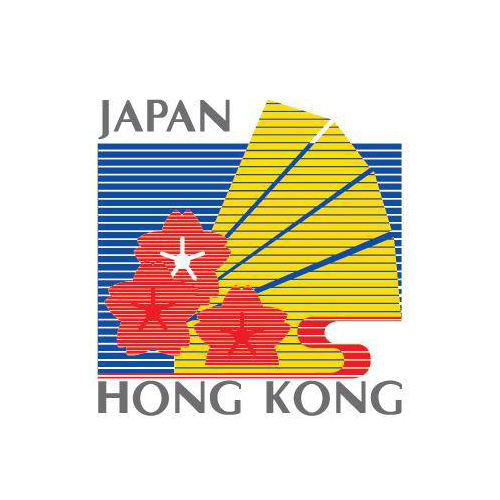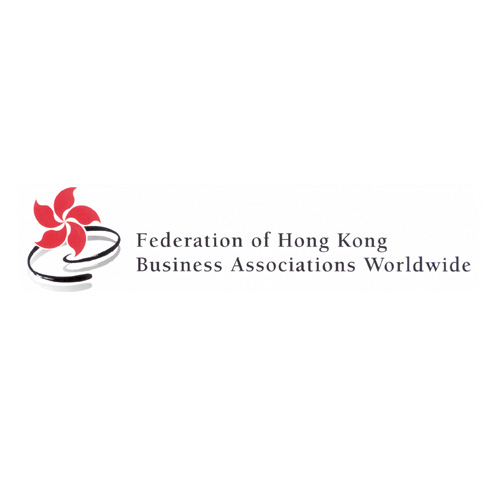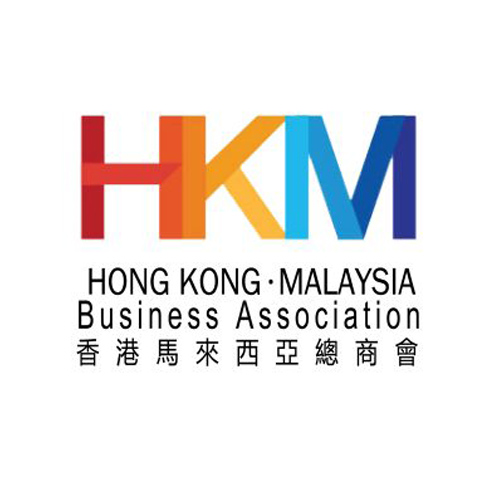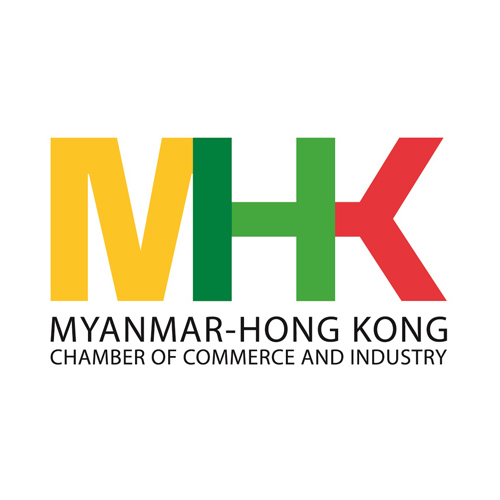Want to be in the loop?
subscribe to
our notification
Business News
TEXTILE PRODUCERS PREPARED FOR BARRAGE OF DISRUPTION
Vietnamese enterprises are trading well so far this year, but key exporters in textiles, garments, leather, and footwear are still suffering from increasing raw material costs.
In the first six months of 2022, the total import and export turnover of goods reached $371.17 billion, up 16.4 per cent over the same period last year, of which exports increased by 17.3 per cent on-year; imports rose by 15.5 per cent on-year. The balance of trade in goods in the first six months of the year was estimated to have a trade surplus of $710 million according to the General Statistics Office of Vietnam.
Phan Thi Thanh Xuan, vice chairwoman of the Vietnam Leather, Footwear and Handbag Association said at a Ministry of Planning and Investment (MPI) conference last week that the industry has recovered strongly with more orders and double-digit growth in exports.
“However, enterprises in the industry are facing high inventory rates, high logistics costs, a shortage of labour, and disruption of the supply chain of raw materials and accessories. This is mainly due to China, the main source of raw materials for the industry, still pursuing its strict pandemic policy,” she said.
The same is happening in textiles and garments. Vietnam’s exports of these products reached an all-time high of $22 billion in the first six months of 2022, up 23 per cent on-year, but SSI Research said that the average price of imported yarn increased by 10 per cent year-on-year due to higher cotton and oil prices, along with high anchoring logistics costs.
According to domestic garment manufacturers, customers have shortened the time to take orders due to high inventory levels in the export market and inflationary pressures. Previously, customers usually ordered six months in advance, now they only order three months in advance.
Therefore, it is estimated that the revenue growth of textile and garment manufacturing companies in Vietnam will decelerate in the next six months. Besides that, rising oil prices and competition in the labour market is negatively impacting the entire textile supply chain, from manufacturer to retailer.
Listed Thanh Cong Textile Garment Investment Trading JSC reported that it faces rising raw material and transportation costs, leading to lower profit margins. Its Vinh Long factory just started operating in April, but currently only five production lines out of a total of 29 are in operation.
Than Duc Viet, general director of Garment 10 Corporation, said that it has had to change its market assessment of the third quarter and the fourth quarter.
“The factory may fall into a vicious circle of rising input prices. In general, it is possible that our business performance in the first half of the year has still been good, but the second half of the year will face difficulties,” he told VIR.
Associations reported to the MPI that the increase in input material prices has caused headaches for industries since 2020, but the situation has been exacerbated due to the Ukraine conflict. The Vietnam Association of Seafood Exporters and Producers has also shared that seafood exports faced some major challenges in the rest of the year, including increased freight rates along with input costs. Shrimp export prices are forecasted to continue to increase, even to skyrocket, especially by the end of the third quarter.
The government set a target of increasing export turnover by 6 to 8 per cent from 2021, which recorded $336.25 billion, while the trade balance will maintain a surplus.
Source: VIR
Related News
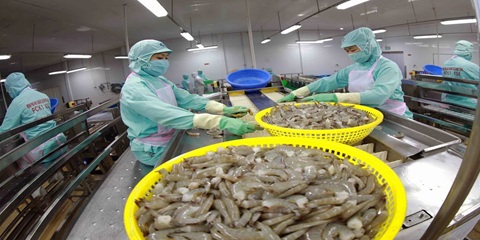
VIETNAM’S SEAFOOD EXPORTS HIT OVER US$10 BILLION IN JAN-NOV
Seafood export revenue in November alone amounted to nearly US$990 million, up 6.6% year-on-year. Key product groups posted solid gains. Shrimp exports rose 11.7% to over US$385 million, supported by strong demand for whiteleg shrimp and lobster. Tra fish shipments increased 9.7% to almost US$197 million, while marine fish, squid, and mollusk exports maintained their recovery.
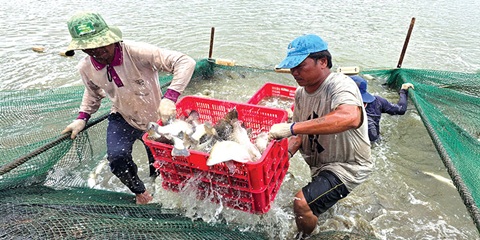
VIETNAM’S AGRO-FORESTRY-FISHERY EXPORTS HIT NEW RECORD IN JAN-NOV
Vietnam’s agro-forestry-fishery export revenue reached an estimated US$64.01 billion in the first 11 months of 2025, up 12.6% year-on-year and surpassing the full-year record of US$62.4 billion set in 2024. Agricultural exports reached US$34.24 billion, up 15% year-on-year, while livestock products brought in US$567.4 million, a 16.8% increase. Seafood exports rose 13.2% to US$10.38 billion, and forestry products earned US$16.61 billion, up 5.9%.

HANOI REPORTS RECORD-HIGH BUDGET REVENUE IN 2025
Hanoi’s budget revenue is estimated to reach VND641.7 trillion in 2025, the highest level ever recorded and nearly 25% above the revised target, according to a report by the municipal government. Data from the city’s socioeconomic performance review shows that total state budget collections in 2025 are projected to reach 124.9% of the adjusted plan and rise 24.9% from 2024, the Vietnam News Agency reported.
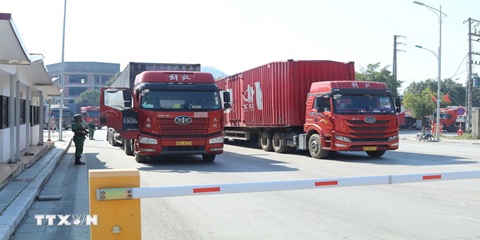
VIETNAM, CHINA TO PILOT TWO-WAY CARGO TRANSPORT AT LANG SON BORDER
Vietnam and China will launch a one-year pilot program on December 10 to allow two-way cargo transport through the Huu Nghi–Youyi Guan international border gates in Lang Son Province, reported the Vietnam News Agency. The Dong Dang-Lang Son Economic Zone Management Board said the trial aims to reduce transport costs and improve customs clearance capacity.
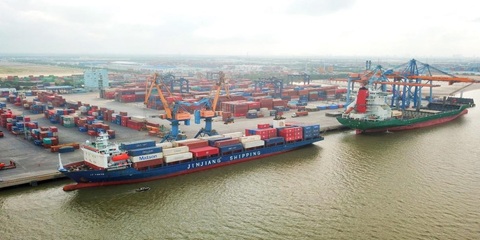
VIETNAM’S IMPORT-EXPORT VALUE NEARS US$840 BILLION IN JAN-NOV
The total value of Vietnam’s imports and exports was nearly US$840 billion between January and November this year, the highest level ever recorded, according to the National Statistics Office. In its latest report on the country’s socio-economic performance, the National Statistics Office highlighted a series of positive economic indicators, with trade emerging as one of the strongest drivers of growth.

OVER 19 MILLION INTERNATIONAL VISITORS COME TO VIETNAM IN JAN-NOV
Vietnam received more than 19.1 million international visitors in the first 11 months of 2025, a 20.9% increase year-on-year and the highest level ever recorded, according to the National Statistics Office. The figure surpasses the full-year record of 18 million arrivals set in 2019, before the Covid-19 pandemic. Nearly two million foreign visitors arrived in November alone, up 14.2% from October and 15.6% from the same period last year.
